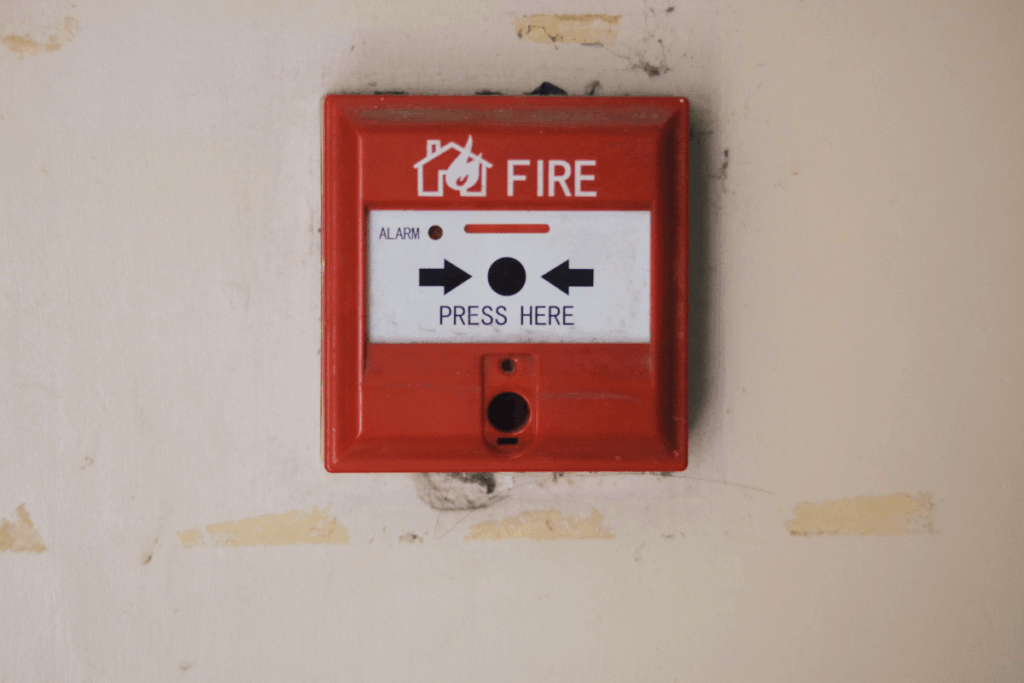Environmental, Health, and Safety (EHS) compliance is essential for protecting your workforce and minimising environmental impact. Failure to meet industry-specific regulations can lead to prosecutions, fines, legal issues, reputational damage, and prison time. This guide helps you identify and meet your organisation’s requirements.
Understanding Industry-Specific Regulations
The first step is understanding the regulations specific to your industry. For example, construction focuses on working at heights, moving vehicles, fall protection, and safety equipment, while the chemical industry emphasises handling and storing hazardous materials and COSHH.
Barbour EHS provides detailed breakdowns, plain-English summaries, and overviews of legislation and regulations for sectors like manufacturing, healthcare, and logistics, helping you determine which regulations apply and create a tailored compliance approach.
Conducting an EHS Compliance Audit
Regular compliance audits identify gaps in your EHS management system by reviewing policies, procedures, and documentation.
Key steps for conducting an audit:
- Identify applicable regulations and standards.
- Review existing policies and procedures.
- Inspect the workplace for hazards.
- Interview employees about safety protocols.
- Document findings and create an action plan.
Barbour EHS offers practical tools like model policies, audit templates, and checklists to streamline the audit process.
Staying Updated with Regulatory Changes
EHS regulations constantly evolve. Stay informed by:
- Subscribing to industry publications and regulatory update services.
- Attending conferences and workshops.
- Participating in professional associations and networks.
- Using online resources like Barbour EHS for the latest developments.
Employee Training and Awareness
Effective compliance relies on employee participation. Comprehensive training programmes ensure your workforce understands safety roles and responsibilities.
Training initiatives:
- Online modules covering hazards, obligations, and protocols.
- In-person workshops and hands-on sessions.
- Certification programmes to validate knowledge.
- Regular refresher courses on new requirements.
Utilising EHS Management Systems
Integrated EHS management systems centralise compliance activities, documentation, and incident reporting.
Benefits include:
- Automated tracking of tasks and deadlines.
- Centralised document storage.
- Streamlined incident reporting and investigation.
- Enhanced data analytics and performance monitoring.
Consider solutions like VinciWorks to optimise EHS processes and improve compliance performance.
Expert Support and Resources
Navigating EHS compliance can be overwhelming. Barbour EHS offers expert advice, case studies, and resources to help you develop a robust EHS management system tailored to your needs.
Moving Forward with Confidence
By understanding regulations, conducting audits, staying informed, training employees, using management systems, and seeking expert support, you can build a strong EHS foundation that protects employees, business, and the environment.
What You Can Do Next
- Subscribe to industry publications to stay updated.
- Conduct a compliance audit using Barbour EHS tools.
- Implement comprehensive training programmes.
- Explore EHS management systems to streamline compliance.
- Seek expert support to strengthen your compliance strategy.
Frequently Asked Questions About EHS Compliance
What is EHS compliance, and why is it essential?
EHS compliance ensures companies follow environmental, health, and safety regulations to protect employees, the public, and the environment. Non-compliance can result in fines, legal action, accidents, and reputational damage.
What are the key steps in conducting an audit?
An EHS audit involves:
- Identifying applicable regulations.
- Reviewing current policies and procedures.
- Inspecting the workplace for hazards.
- Interviewing employees about safety protocols.
- Documenting findings and developing an action plan.
How can businesses stay updated on regulatory changes?
Businesses can subscribe to publications, attend events, join professional networks, and use platforms like Barbour EHS for updates.
How does employee training help?
Training ensures employees understand safety roles, hazards, and best practices, reducing risks and creating a safer workplace.




